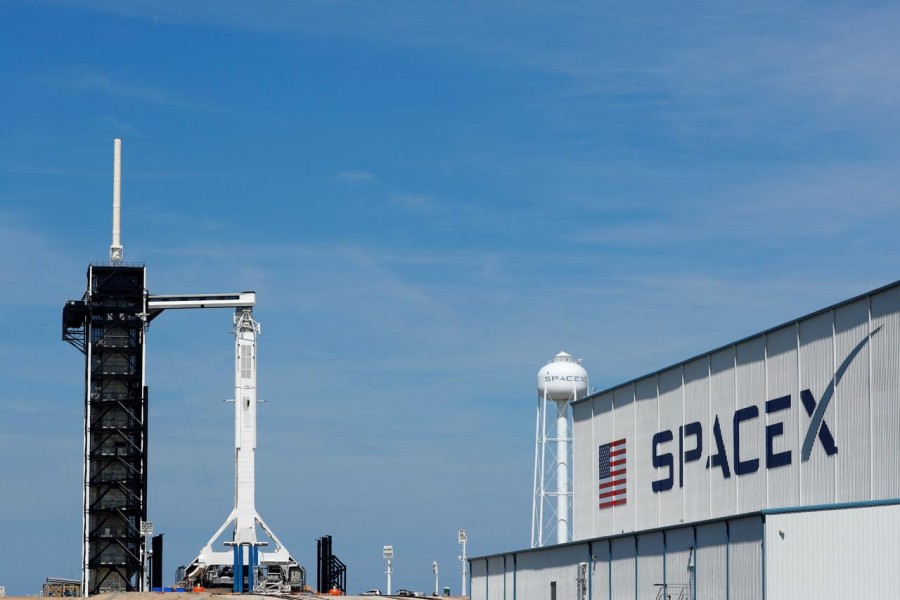Elon Musk’s SpaceX is gearing up to destroy one of its own rockets on Saturday to test a crucial emergency abort system on an unmanned astronaut capsule, the company’s final milestone test before flying NASA astronauts from US soil.
Less than two minutes after liftoff from a launchpad in Florida, SpaceX’s Crew Dragon capsule will fire on-board thrusters to eject itself off a Falcon 9 rocket mid-air, simulating an emergency abort scenario that will prove it can return astronauts to safety.
“I will tell you tomorrow will be an exciting day,” Kathy Lueders, NASA’s commercial crew programme manager, told reporters on Friday.
The test is crucial to qualify SpaceX’s astronaut capsule to fly humans to the International Space Station, a feat the National Aeronautics and Space Administration expects to come as soon as mid-2020. It follows years of development and delays as the United States has sought to revive its human spaceflight programme through private partnerships.
NASA awarded $4.2 billion to Boeing and $2.5 billion to SpaceX in 2014 to develop separate capsule systems capable of ferrying astronauts to the space station from US soil for the first time since NASA’s space shuttle programme ended in 2011. The space agency has since relied on Russian spacecraft for hitching rides to the space station.
The Falcon 9 rocket’s boosters will shut down roughly 12 miles (19 km) above the ocean, a mock failure that will trigger Crew Dragon’s so-called SuperDraco thrusters to jet itself away at supersonic speeds of up to 1,500 miles per hour (2,400 kph), Reuters reports.
The capsule will deploy three parachutes to slow its descent to water, carrying aboard two human-shaped test dummies dressed in motion sensors to collect valuable data on the immense g-force — the effect of acceleration on the body — imposed during abort.
The booster will free-fall and tumble back uncontrollably toward the ocean, SpaceX’s Crew Mission Management director Benji Reed said. “At some point we expect that the Falcon will start to break up.”
“Our Falcon 9 recovery forces will be standing by ready to go and recover as much of the Falcon as we can as safely as possible,” Reed said.
The in-flight abort test was originally scheduled to occur in mid-2019, but the timeline was delayed by nine months after one of SpaceX’s Crew Dragon capsules exploded in April on a test stand just before firing its launch abort thrusters, triggering a lengthy investigation.
SpaceX zeroed in on a previously unknown explosive reaction between a titanium valve and the capsule’s rocket fuel. Reed told Reuters SpaceX had completed the investigation within the last week.


